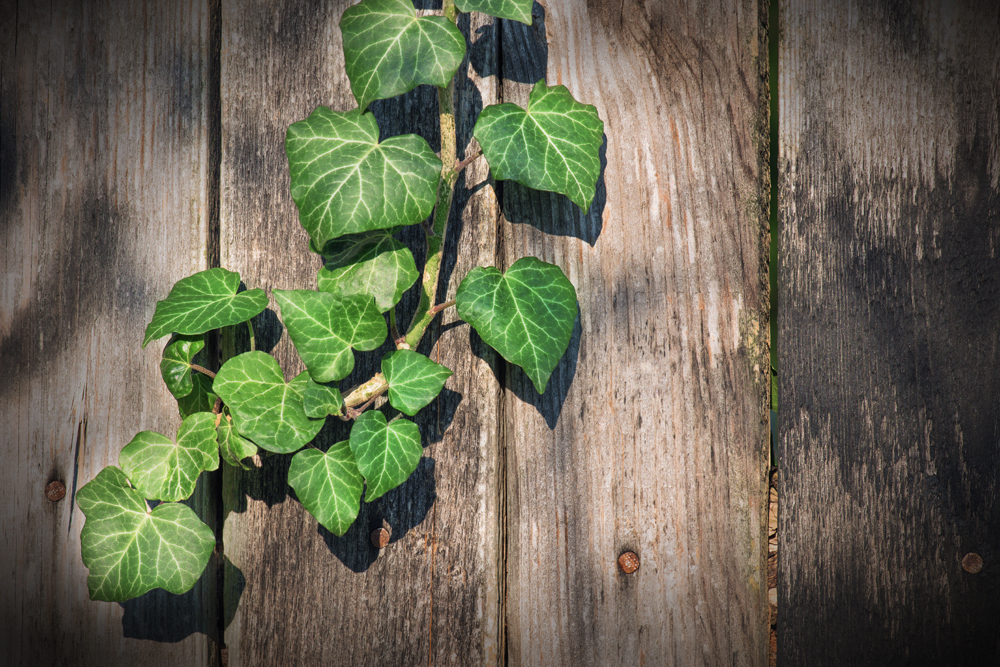Hedera sp.
Common Name:
English Ivy

General Information:
Ivy is a prominent plant in legend and lore. It is associated with the god Bacchus (and hence with tavern signs), and a cup made of ivy-wood was thought to cure whooping-cough. Ivy is gaining popularity as a bonsai, for although a vine, ivy will develop an attractive woody trunk for use in pot culture.
Lighting:
Most ivy prefers semi-shade, although Hedera helix thrives on full sun when it is kept in temperate climates, but can also grow in shade. In low humidity areas, H. helix should be kept in the morning sun only. H. canariensis seems better able to stand the combination of high temperature and low humidity.
Temperature:
Lesniewicz claims that H. helix can be grown successfully indoors. It is zone hardy in colder climates, while H. rhombea is more tender.
Watering:
Frequently during growth, moderating in winter. Careful reduction of watering is a very effective technique to reduce leaves in H. helix.
Feeding:
Every two weeks during growth, using liquid bonsai food or half- strength plant food. Heavy use of fertilizer cakes will help young whips to develop trunk girth rapidly.
Pruning and wiring:
Any style but formal upright. Cut new shoots back hard to the first one or two leaves near the trunk. As with most woody vines, the major challenge is to grow a thick trunk, and to keep growth compact. A good start is by using an old vine that has been collected.
Propagation:
Cuttings, air-layering. A good source is old, unwanted vines alongside houses, which have had time to grow thick, woody trunks. Young plants creep, but older plants become shrubby - and cuttings taken from shrubby plants retain these characteristics suitable for bonsai.
Repotting:
Every two years in spring or early autumn, using basic bonsai soil.
Pests and diseases:
Scale, leaf spot. Some species suitable for bonsai:
Hedera canariensis: Algerian Ivy - burgundy-red twigs and petioles, with long, glossy, leathery leaves.
Hedera helix: English ivy - Resnick claims that it is hardy to zones 3-4, depending on variety, but Coates states that H. helix does not thrive in areas with harsh winters. It has glossy dark leaves with 3-5 lobes, yellowish flowers, and black berries.
Hedera helix ‘Gnome’ - Very small black green leaves which turn purplish in winter.
Hedera helix ‘Hahnii’ - A bushy form, with branching at the tips.
Hedera helix ‘Telecurl’ - Forms a twisted woody trunk, which makes it excellent for bonsai. A semi-dwarf form which also has twisted leaves and stems.
Hedera rhombea: Japanese ivy - hardy to zone 8.
Bibliography:
Florida Bonsai XVI:3:48
Watkins: Florida Landscape Plants, p.305.
Lesniewicz’s “Bonsai in Your Home”
Murata’s “Four Seasons of Bonsai”
Resnick’s “Bonsai”
Tomlinson’s “Complete Book of Bonsai”
Species information from Coats’ “Garden Shrubs and Their Histories.”
Compiled by Sabrina Caine and Thomas Zane
